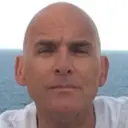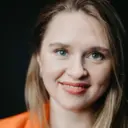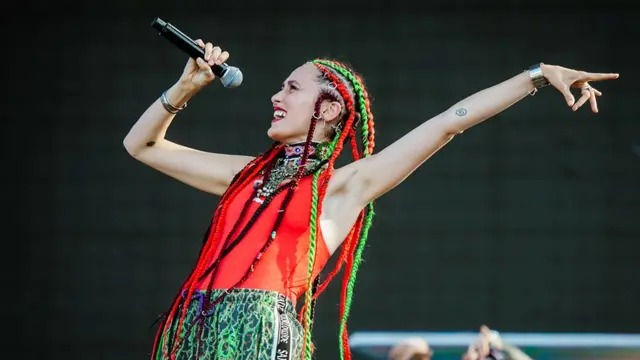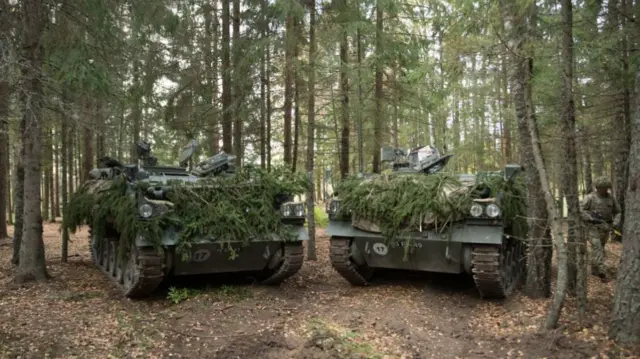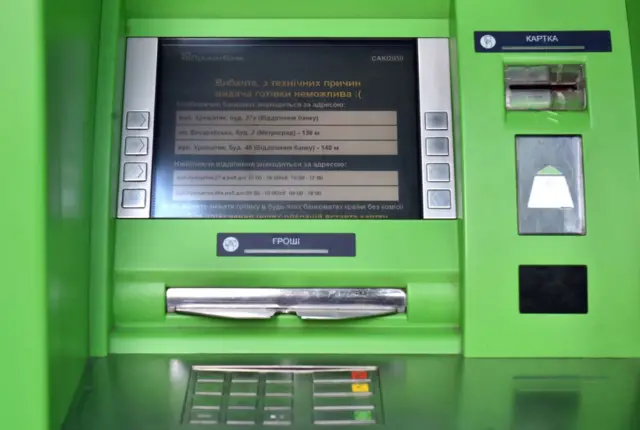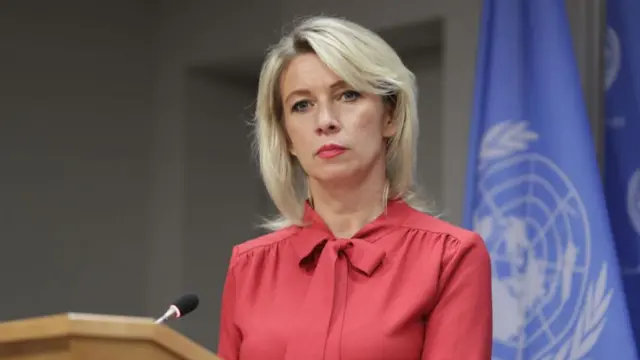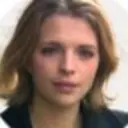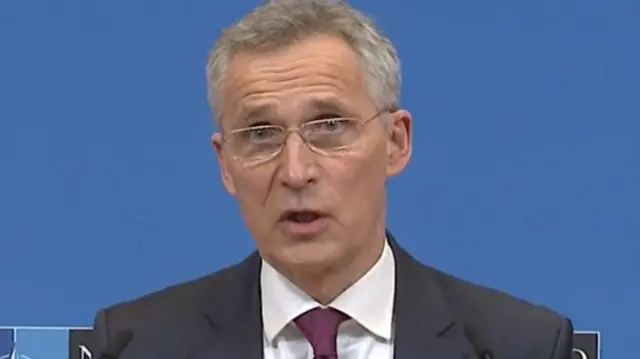Thanks for joining uspublished at 17:36 GMT 16 February 2022
That's all from today's live page team - thanks for following our coverage.
The writers were Sam Cabral, Doug Faulkner, Victoria Lindrea, Jennifer Meierhans, Alice Cuddy and David Molloy. The editor was Becky Morton.

